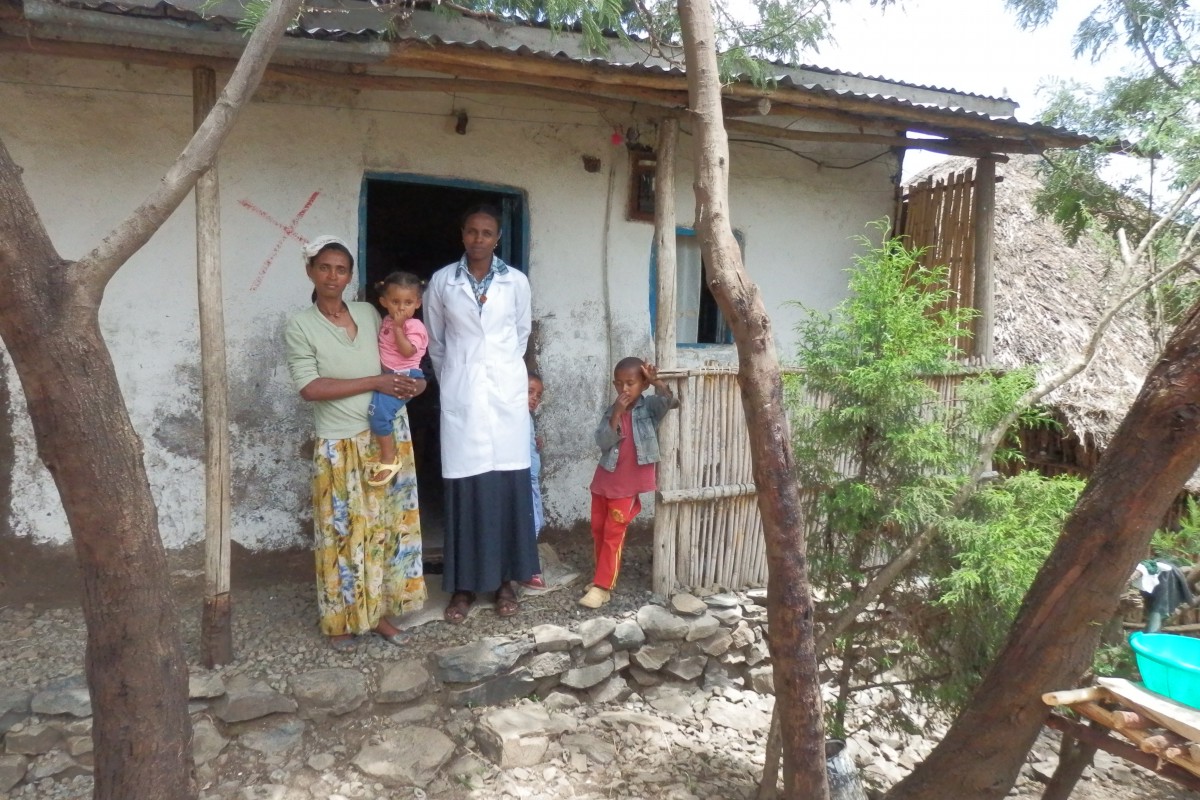
What external factors impact the CHW program?
CHWs programs are designed to address needs or gaps in current health services. In other instances, they are propelled forward by political or social movements that ultimately give focus to the design and implementation of these programmes. CHWs are highly valued within the community because the services they provide are more appropriate to the cultural and health needs of the community, in comparison to clinic-based services. CHWs are commonly more accessible than other cadres of clinical health workers, particularly in rural and remote communities. Given that they are recruited from the community, it is more likely that they are accepted by the community, which can improve the uptake of services. This has been the case in Pakistan with the Lady Health Worker program. One of the biggest strengths of the mothers2mothers model is the Mentor Mothers themselves. Their status and connection to the community enables them to be the most effective peer mentors, and they also stand as an example to the community of the sort of life a woman can live after HIV diagnosis.
Community participation is an important factor in the success of CHW programs. The extent to which a community is involved varies widely. Community empowerment and participation includes the community’s ability to exercise greater control over the social, political, economic and environmental factors that determine their health status [4]. Although programs are implemented locally, many of the programs are tied closely to state interventions and national protocols. In Alaska, there is a long history of cooperation between the federal and state levels of government with the Native tribal health organizations, which facilitated the formation of the community health aide program. While in Zambia, the community health assistant program was originally under the Ministry of Health, although now it is under the Ministry of Community Development, Mother and Child. Despite the state-wide training for CHWs in Minnesota, the utilization of CHWs varies by organization, with some working in primary care centers, while others work in community health organizations.
[4] Muller F (1983). Contrasts in community participation: case studies from Peru. In: Morley D, Rohde JE, Williams G,eds. Practising health for all. Oxford, Oxford University Press:190–207.
